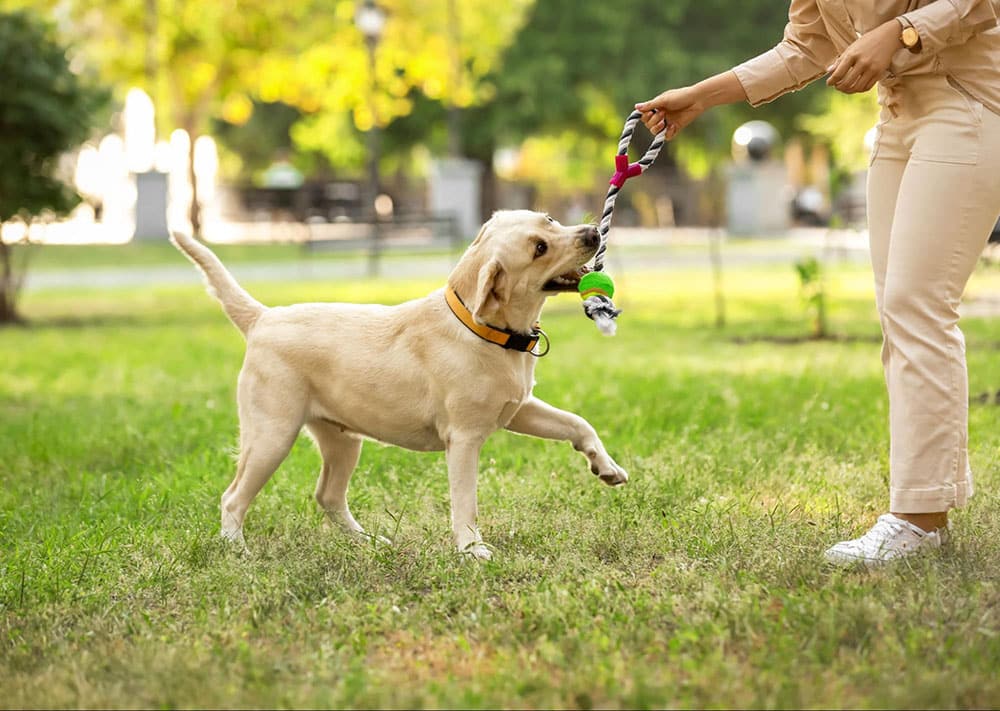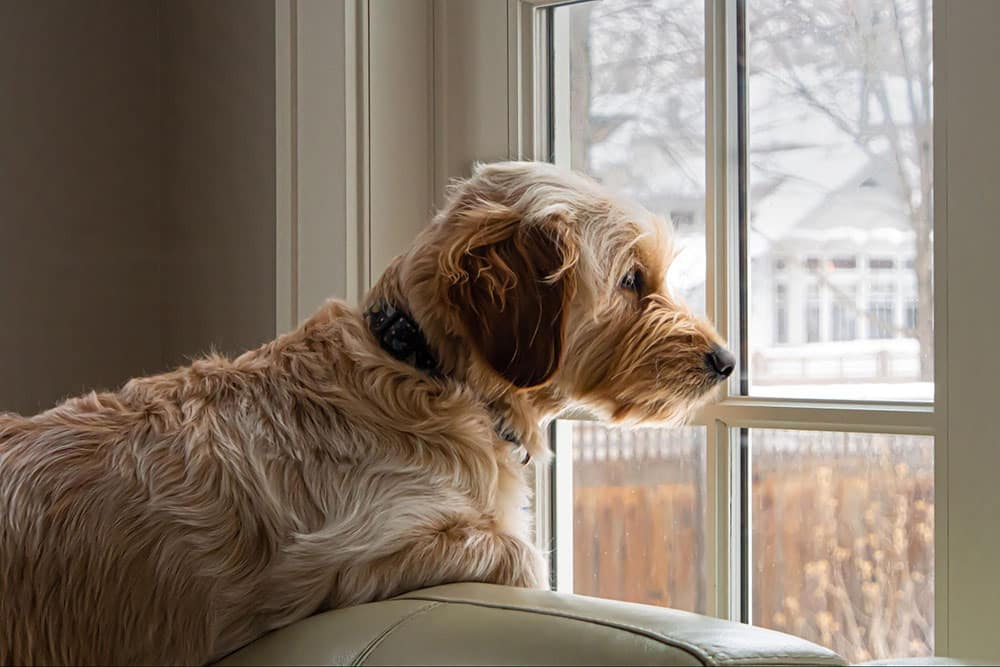Hi Cesar,
I don’t have a dog yet, but I plan to adopt one from my local shelter. It will be my first dog. I am a teacher, so I have many non-work days, such as eight to ten weeks of summer vacation, two weeks of Christmas break, one week of Easter break, and several holidays throughout the school year. Needless to say, during those non-work weeks, I will have more time to spend with my dog (i.e. more walks, longer walks, etc.) than when I am working.
My question is, should I stay consistent with the same routine as when I am working, even though it is summertime? Would the dog be able to adapt to the different routines between my work and non-work schedules?
Thanks for your help,
Jerome
Cesar Millan's Answer:
Dear Jerome,
Congratulations on your decision to adopt a dog, and I am very proud of you for thinking ahead and preparing yourself for the critical responsibility of being a dog owner. In answer to your question, the beauty of dogs is the incredible way they adapt themselves to any environmental scenario or schedule, but if you are going to invest more time in your dog during vacation (meaning, for instance, the dog is going to walk for an hour and a half in the morning instead of thirty minutes), make sure that you start weaning the dog to that new routine at least two weeks before you go back to work.
You don’t want your dog to have a drastic lifestyle change, so think of it as getting in shape. Just as it takes weeks or days to get in shape, it will be the same process for your dog to get used to any new schedule or activity.
Stay calm and assertive,
-Cesar Millan
Tips for Helping Your Dog Adjust to a New Schedule
Whether your family is headed back to school after the summer off, you’re starting a new job away from home, or maybe you’ve been assigned a new shift at work, adapting to a new schedule can be tough on humans. But don’t forget about your furry friends. They are used to you leaving at the same time, returning at the same time, going for a daily walk at the same time, and eating at the same time. A sudden change in routine can cause a drastic change in their behavior and mood, and not for good.
If you have a reasonable amount of time before your new schedule changes, there are things you can do beforehand to help ease your dog (and yourself) into the new normal, making the switch as seamless as possible.
Things to Do Before The Schedule Change
Once you have a start date for your new schedule, you can begin preparing your pup for upcoming changes. Dogs are adaptable, but the more time you can give them to adjust, the better.
Stay Calm
Dogs can read the room and detect nervousness, anxiety, and any negative energy you or other family members have. As you leave and arrive home, remain calm. If your pup tends to get overly excited when you open the door, wait a few minutes for them to calm down, then greet them.
Make Changes in Small Increments
Start implementing changes in small steps. For example, push back meal time by 10-15 minutes for a few days, slowly adding more time until you are at the new scheduled time. If you will be gone for eight hours a day and your dog hasn’t been left alone for very long, then you will need to increase the alone time in increments gradually. Add more stops to your errands, and hang out with your friend a while longer.
Maintain a Schedule
If you don’t have your pet on a schedule, now is an excellent time to implement a regular feeding, exercise, and time-alone routine. Dogs will rely on this schedule and know what to expect and when to expect certain activities to happen. You will notice your furry friend heading for the door when it’s time for the daily walk or waiting at the food bowl at feeding time.
Create Boundaries
Some pet owners think it is not kind to have their dogs in a crate all day while they are at work, but there are many positives to crate training your pup. For small puppies, in particular, it is necessary to provide a safe space where they can rest and not chew your throw pillows or brand new sneakers. There’s also the safety of your furry friend not digging through the trash where hazardous items are tossed.
If you feel the best option is to section off an area of your home that gives your pet a sense of freedom, but will also keep them safe, then that is an option for you. If you can, put up a baby gate so they can still see out of the room. Not being able to see out is often a trigger for anxiety.
Ensure a Regular Exercise Routine
Just like regular exercise is good for humans, the same goes for our pets’ mental and physical health. Going for a long walk, playing fetch in the backyard, or going on a hike will provide enough physical activity to help them rest and relax when they are home alone. Try to schedule your day, so it allows for some exercise before you leave, then your dog will rest for a good portion of the beginning time you’re away. If your pet is not accustomed to long walks, slowly build your walk time to increase as your schedule allows.

Things to Do During the Schedule Change
One point to consider is the age of your dog. Younger puppies tend to need more interaction and stimulation than older dogs. So keep that in mind as you plan for your new routine.
Hire a Dog Walker
Utilizing a dog walker could be viable, particularly if you have a small puppy. You can ask them to take your pet out to potty, walk, and engage in some playtime. If hiring someone is outside your budget, check with a family member, friend, or neighbor if they would be willing to help you out.
Provide Interactive Toys
When you plan to be away from home for a good portion of the day, you must be selective with the type of toys you leave. Puzzle toys are a fantastic way to engage your pet mentally and can be used with or without food. You can leave food in a puzzle mat or a slow feeder bowl. Another option is to freeze peanut butter inside a bouncy rubber toy or tie up treats inside an old t-shirt. If you are not providing suitable toys that will keep your pup engaged, and you give your dog free reign of your home, expect that your favorite shoes might be ruined, furniture destroyed, and so on.
Put on Background Noise
A quiet house can cause your dog stress and anxiety, so try playing music while you are gone. There are even some tv shows geared toward dogs that you could leave on. Experiment with both options and see which works best for your furry friend.
Try Anti-Anxiety Techniques
Some dogs exhibit higher stress levels when left alone and will whine, urinate indoors, or destroy items throughout the house. Your vet may have medicine recommendations to help combat the anxiety and adjust to the new normal.
Limit Access to House
As mentioned before, consider gating your pet in one room of the house while you are gone for a good part of the day. If you fail to provide boundaries, a bored dog could cause severe problems in your home. Ultimately, you know your dog best, so you can decide what works best.
Consider Doggie Daycare
If you’re looking for more engagement and playtime for your puppy while you are away at work, check into doggie daycares in your area. These daycares provide a safe place to play, relax, and playtime with other puppies. Ask friends and family for recommendations, and be sure to visit them in person and find one that suits your needs the best and is a good fit for your pet.
Dealing with Common Schedule Change Problems
As you and your pet begin to train for a change in the daily routine, your dog might exhibit some of the following behavior changes.
Separation Anxiety
When dogs are separated from the people they are attached to, they can become upset and may self-harm or destroy their surroundings. With some training and behavior modification, separation anxiety can be a thing of the past. A word of encouragement, change can be challenging for humans and just as hard for dogs. Be patient and calm during the transition and training. Take things slowly, and remember to ask for help when needed.
Signs Your Dog has Separation Anxiety
Separation anxiety looks different depending on the dog, but here are some of the most common signs:
- Howling
- Whining
- Destroying the House
- Excessive Barking
- Trying to Escape
- Urination Indoors











